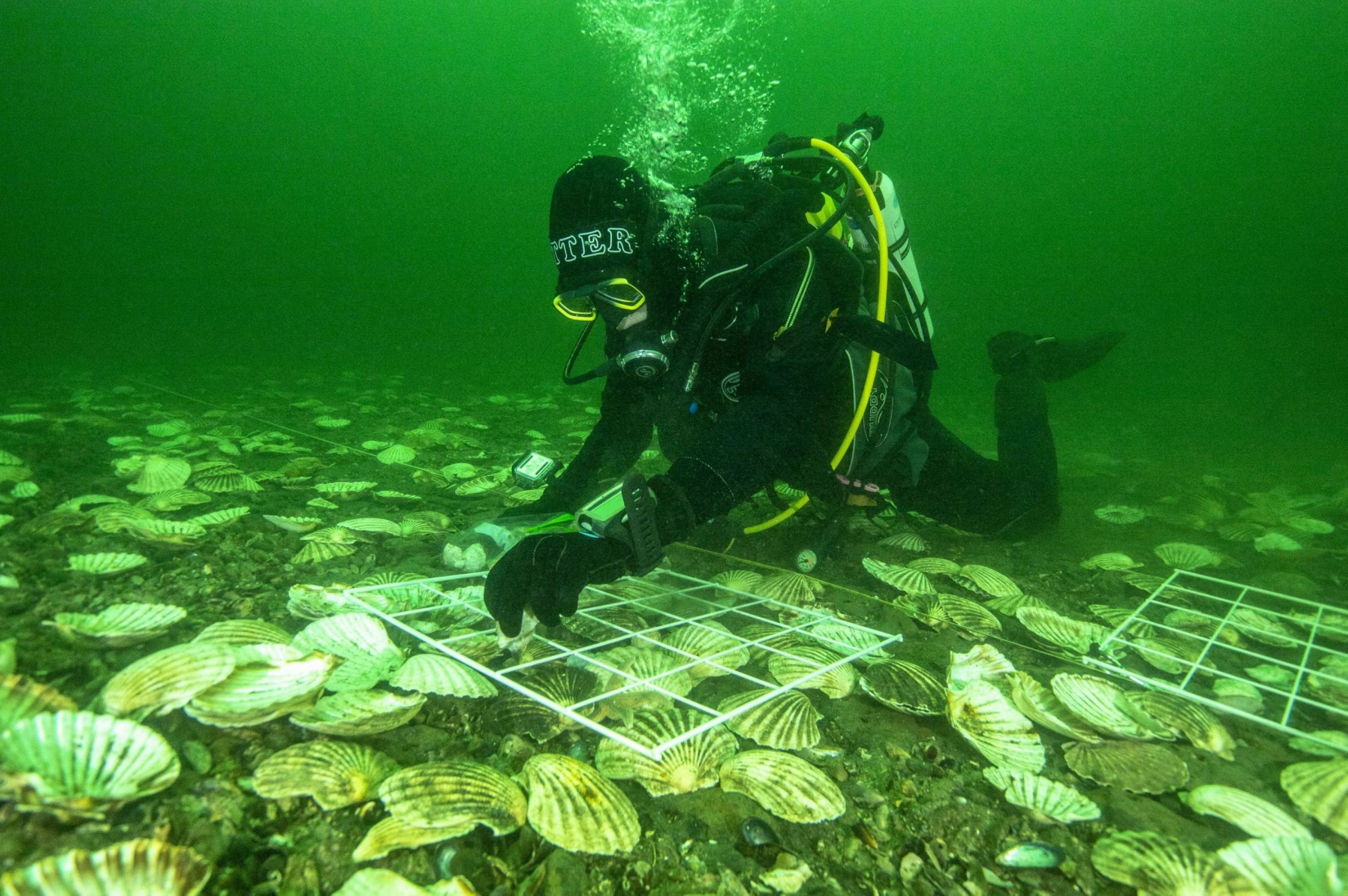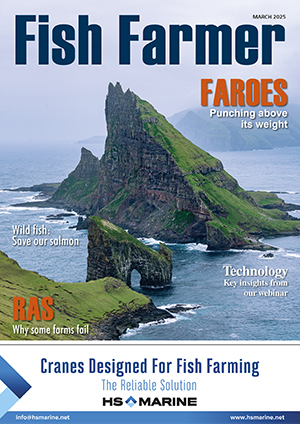Glenmorangie gets oysters growing again

A PROJECT between shellfish specialists and the Glenmorangie whisky distillery aims to recreate native oyster reefs in the Dornoch Firth, fished to extinction more than a century ago.
The second phase of the scheme, which began last year, will see 20,000 oysters introduced into the sea near Glenmorangie’s Highland base.
It is the first time such a restoration initiative has been attempted in Europe, although successful programmes have been conducted in the US.
The Dornoch Environmental Enhancement Project (DEEP), a collaboration forged by Glenmorangie with Heriot-Watt University and the Marine Conservation Society, hopes to promote marine biodiversity in the Firth.
Researchers introduced the first 300 native European oysters in 2017 to prove the species could survive.
These oysters thrived, and this month a total of 20 tonnes of waste shell from the scallop and mussel industry will be placed in two locations on the seabed, to form reefs mimicking the oysters’ natural habitat.
Then, between October and next spring, 20,000 oysters will be placed on the first of the reefs.
The native oysters, all grown in the UK and cleaned and checked for disease and ‘unwanted hitchhikers’, will be regularly monitored, according to a press release issued by Glenmorangie.
Based on a successful outcome of the trial, numbers will be increased to 200,000 over three years. Over five years, the population will be built up to four million, spread over 40 hectares, restoring the self-sustaining oyster reefs that existed in the Firth until they were fished out in the 1800s.
An Independent Research Advisory Panel of leading European marine scientists has also been created. Led by Professor John Baxter, the panel will have oversight of the DEEP project.
Hamish Torrie, Glenmorangie’s corporate social responsibility director, said: ‘We are very excited to move DEEP to its next stage and have been hugely encouraged by the enthusiastic support that our meticulous, research-led approach has received from a wide range of Scottish government agencies and native oyster growers – it is a truly collaborative effort.
‘We are all very proud that in our 175th year the distillery has such a pioneering environmental project right on its doorstep.’
Dr Bill Sanderson, associate professor of Marine Biodiversity at Heriot-Watt, said: ‘This is the first time anyone has tried to recreate a natural European oyster habitat in a protected area.
‘Working closely with Glenmorangie, we hope to create an outstanding environment for marine life in the Firth – and act as a driving force behind other oyster regeneration work across Europe.’
Picture: Dr Bill Sanderson lays native oysters on the bottom of the Dornoch Firth
Aquaculture Technical Co-ordinator - Scottish Sea Farms Ltd
Orkney, Shetland£30,000 to £35,000 per annum
Processing Staff - South Shian - Scottish Sea Farms Ltd
PA37 1SB£25,028 per annum
Deckhand (Heggiford) - Mowi Scotland
Skye & Lochalsh£27,236 to £30,504 per annum
Processing Operative - Bakkafrost Scotland Limited
Cairndow£22,313.50 to £23,429.18 per annum
Farm Technician (Torridon) - Mowi Scotland
Torridon£27,236 to £30,504 per annum
